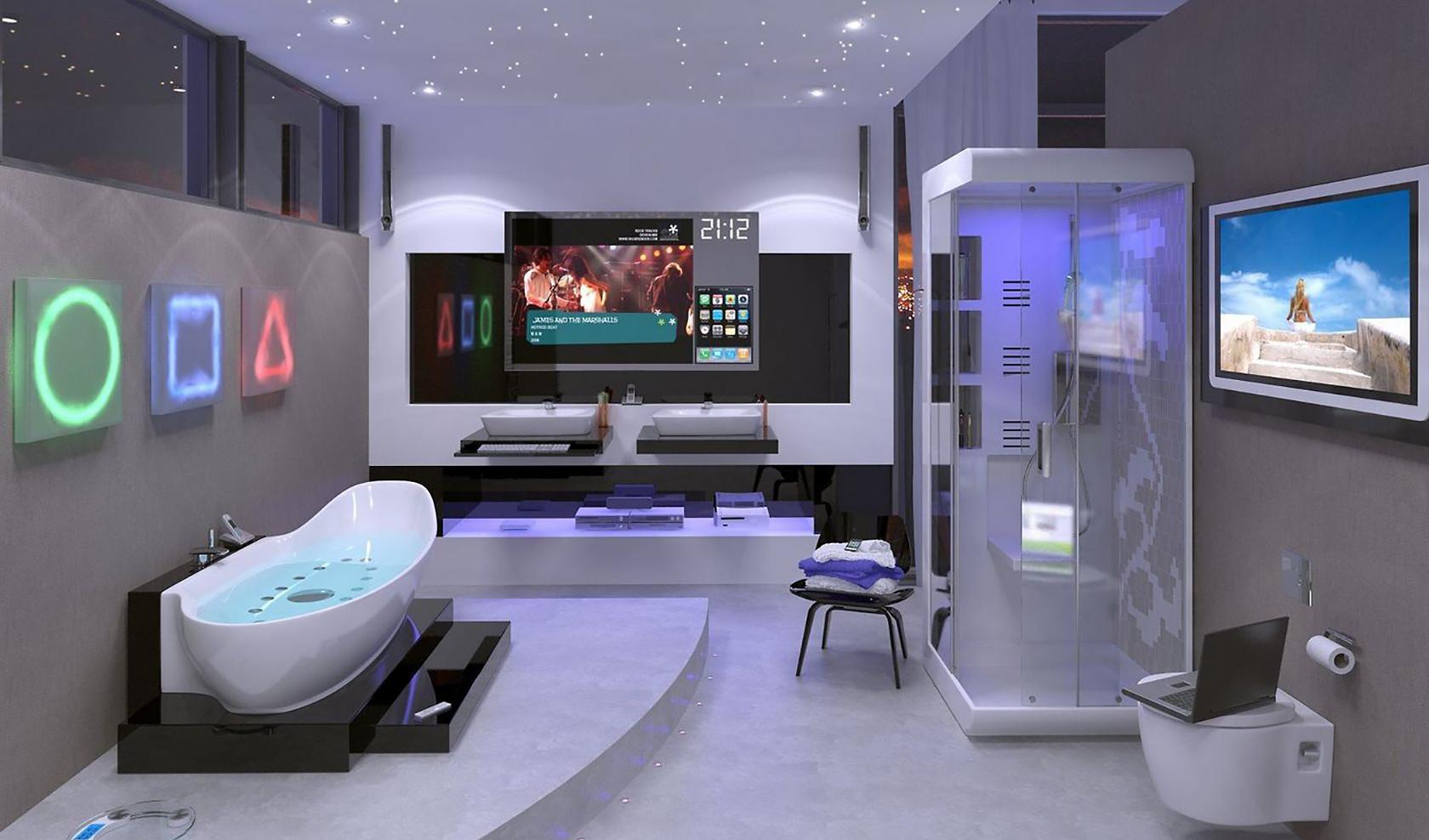Introduction
The Internet of Things (IoT) is revolutionizing the way we live by connecting everyday objects to the internet, allowing them to communicate, collect data, and be controlled remotely. This technological evolution is rapidly transforming homes into smart environments where devices work together to improve convenience, security, and energy efficiency. This article explores how IoT is changing our homes and what the future holds for connected living.
1. Understanding the Internet of Things
IoT refers to a network of physical devices embedded with sensors, software, and connectivity, enabling them to send and receive data. In a home setting, this includes everything from smart thermostats and lighting systems to refrigerators and security cameras. The core idea is to create an interconnected ecosystem where devices enhance daily life through automation and intelligent control.
2. Smart Home Devices: Convenience at Your Fingertips
Smart home devices have become increasingly popular for their ability to simplify everyday tasks. Voice-activated assistants like Amazon Alexa, Google Assistant, and Apple’s Siri allow users to control lighting, appliances, and entertainment systems using simple commands. These devices learn user preferences over time, providing personalized experiences that make homes more comfortable and efficient.
3. Enhancing Home Security with IoT
Security is a major benefit of IoT in homes. Smart cameras, doorbells, and alarm systems offer real-time monitoring and alerts via smartphones, giving homeowners peace of mind even when they are away. Advanced features such as facial recognition and motion detection improve safety while enabling users to control who accesses their homes remotely.
4. Energy Efficiency and Cost Savings
IoT devices contribute to energy conservation by optimizing the use of heating, cooling, and lighting systems. Smart thermostats adjust temperatures based on occupancy patterns, while connected lighting systems turn off automatically when rooms are empty. These improvements not only reduce energy consumption but also lower utility bills, making smart homes eco-friendly and cost-effective.
5. Health and Wellness Monitoring
IoT is also making strides in health monitoring within homes. Wearable devices, smart scales, and air quality sensors provide insights into personal well-being and the home environment. These devices can track vital signs, detect allergens, and even remind users to take medications, contributing to healthier lifestyles.
6. Challenges and Security Concerns
Despite the benefits, the widespread adoption of IoT in homes raises important concerns, particularly regarding data privacy and cybersecurity. Connected devices can be vulnerable to hacking if not properly secured. Ensuring robust encryption, regular software updates, and user education are essential to safeguarding smart homes from potential threats.
7. The Future of IoT in Smart Homes
As technology advances, IoT devices will become more intelligent, intuitive, and integrated. The future promises fully automated homes that anticipate needs, communicate seamlessly, and operate with minimal human intervention. Integration with artificial intelligence (AI) and 5G connectivity will further enhance the speed and responsiveness of smart home systems.
Conclusion
The Internet of Things is fundamentally changing how we interact with our living spaces. By offering enhanced convenience, security, energy efficiency, and health monitoring, IoT devices are making smart homes an increasingly accessible reality. While challenges remain, the ongoing evolution of this technology holds great promise for creating more connected, efficient, and comfortable homes in the years ahead.








